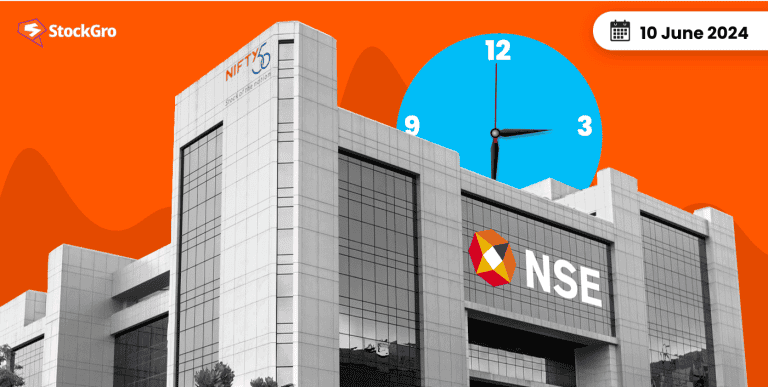Table of contents
Naked options are when traders sell options without already owning the asset or keeping enough cash aside
Naked options trading is a risky variation of regular option trading. In this article, we’re going to explore what it is, how it is different from regular option trading, and how you can stay extra careful if you choose to go this route.
But first, a small debrief on regular options trading, some key terms, and a refresher on how option profits are made.
Option trading
There are two kinds of options:
- Calls: Where you hope the price of the asset appreciates so you can buy low and sell high (in that order)
- Puts: Where you hope the price of the asset declines so you can sell high and buy low (in that order)
Options contracts give you the right, without the obligation, to buy (call option) or sell (put option) an underlying asset at a predetermined price (strike price) by a specific expiry date.
As a trader, you have a choice between either selling or buying calls or puts, depending on what you want your payoff structure to look like:
- The buyer: Pays a premium to acquire the right but not the obligation to exercise the option.
- The seller (option writer): Collects the premium but assumes the obligation to buy (put) or sell (call) the underlying asset if the buyer chooses to exercise the option.
Here’s what the payoff looks like in every scenario:
- Buying calls: You pay a premium upfront but make money when the underlying price goes up.
- Buying puts: You pay a premium upfront but make money when the price of the underlying falls.
- Selling calls: You receive a premium but have to buy and deliver the asset at a higher price if the buyer exercises.
- Selling puts: You receive a premium but have to buy at a higher price and store the asset at a higher price than the market.
Understanding naked options
While buying calls or puts are relatively simple, things get a little more complicated when you try to sell options.
If you sell call options, for instance, and the buyer chooses to exercise, you have the obligation to sell the asset to the buyer at the strike price, which is lower than the market price. Traditionally, this is done because you already have the asset ready to sell.
If the buyer chooses to exercise a put that you sold, you should ideally have the cash necessary to buy this asset from the put buyer at a higher price than the market price
However, a naked option is a strategy where an investor sells an options contract (call or put) without owning the underlying asset (for puts) or having enough capital readily available to purchase the underlying asset (for calls) if the buyer exercises the option.
Significant risks
As you can already probably figure out, naked options are very risky. Here’s a breakdown of everything you need to consider:
- Unlimited loss potential: Unlike buying an option where your loss is limited to the premium paid, losses in naked options can be significant, especially for naked calls. If the underlying asset price moves against you significantly, you could face substantial financial losses.
- Margin requirements: When selling naked calls, brokers typically require a margin deposit to act as collateral in case you need to buy the underlying asset. This can tie up a significant amount of capital.
- Time decay (Theta): The value of an option (premium) deteriorates over time as expiry approaches. This can erode your profits, especially if the underlying asset price doesn’t move much in your favour.
Considerations
Here are some things you need to be aware of before you venture out into the realm of naked options:
- Market volatility: Naked options are riskier in volatile markets, where price swings can be substantial.
- Time to expiry: Premiums are generally higher for options with longer expiry dates. Time decay can, however, eat into your profits if the price doesn’t move in your favour.
- Liquidity: Ensure the underlying asset has sufficient liquidity to allow you to easily buy or sell it if needed.
- Trading capital: Have sufficient capital to cover potential losses and meet margin requirements (for naked calls).
Frequently Asked Questions
Consider credit spreads. Sell a naked call option and simultaneously buy a call option with a higher strike price. This creates a defined maximum loss (difference between strike prices minus premium received) while still allowing you to capture some profit if the price stays below the lower strike price.
If you already own the underlying stock and are selling naked puts, consider buying a call option with a higher strike price than your put. This limits your potential upside but protects you from a significant price drop if the buyer exercises the put.
Naked options are advanced strategies. Allocate a small percentage of your overall portfolio to them. Consider your risk tolerance and prioritise other, less risky investments for the majority of your capital.
Having a clear exit plan before you enter the trade is crucial in most cases. This will help you set up stop-losses at critical points to limit losses. This is very subjective, however, and depends on your personal risk tolerance and amount of capital.
Look for underlying assets with high daily trading volume. This ensures sufficient liquidity to easily buy or sell the asset if needed when managing your naked option position.
